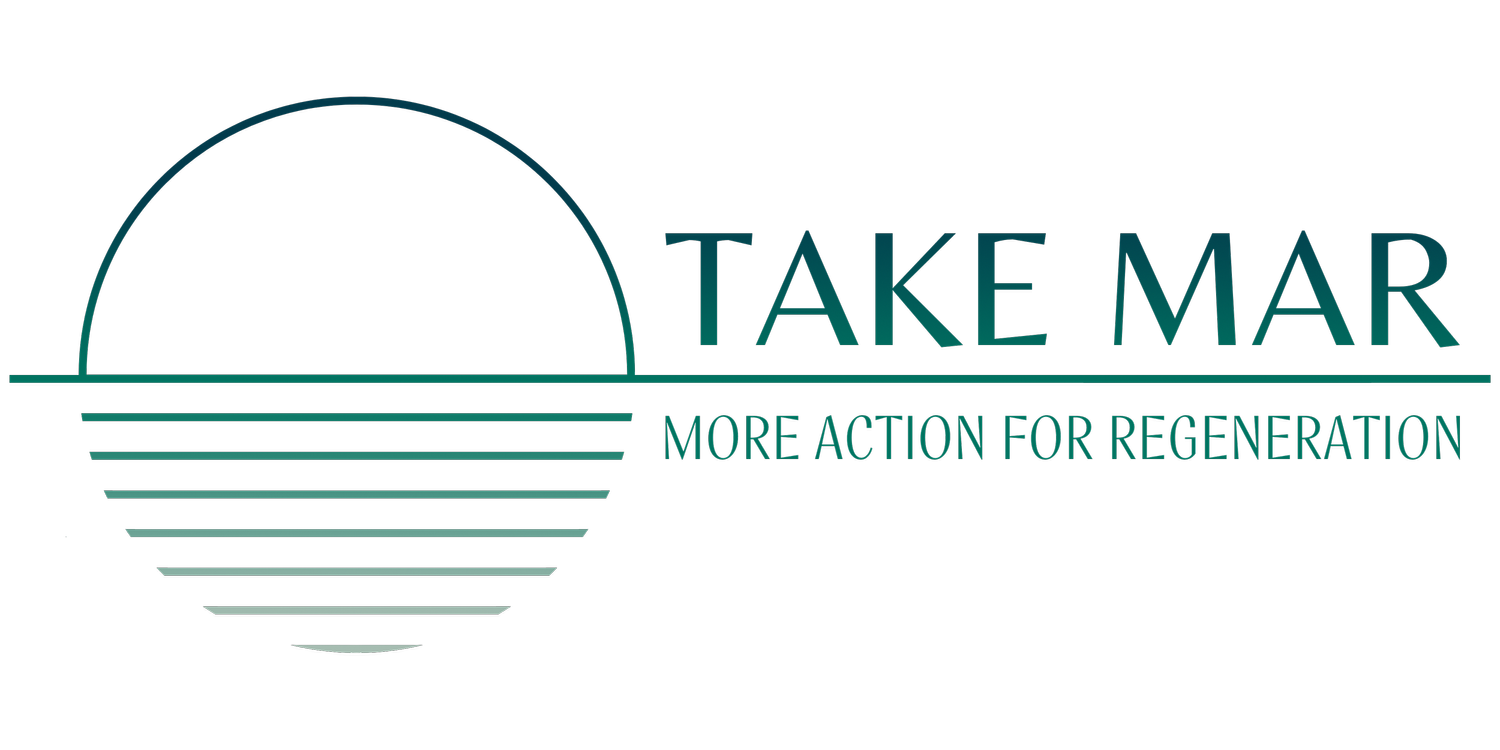St. Patrick’s Day: The Shamrock’s Legacy
On March 17, the world celebrates St. Patrick’s Day in honor of Ireland’s patron saint and the country’s cultural heritage.
Among the green attire, festivals, and parades, the most prominent symbol of the holiday is the shamrock.
History and Myth
The name “shamrock” derives from the Irish word seamróg, which means “young clover.” There is no one species known to be the shamrock; rather, it is commonly associated with either the lesser trefoil (Trifolium dubium) or the white clover (Trifolium repens).
According to legend, Saint Patrick used the shamrock as a symbol of Christianity in the fifth century, with its three leaves representing the Holy Trinity. In the 18th century, the shamrock became a national and cultural symbol of Ireland, representing resilience, identity, and connection to the land.
Environmental Significance
Beyond cultural and historical symbolism, the plants associated with the shamrock play an important role in the environment. Both lesser trefoil and white clover are nitrogen-fixing plants, meaning they naturally enrich the soil they are in by converting atmospheric nitrogen into a form plants can use. This process helps improve soil health, and reduces the need for synthetic fertilizers.
Additionally, the lesser trefoil and white clover are a valuable source of nectar and pollen for pollinators such as bees and butterflies, which supports biodiversity and ecosystem stability.
CONCLUSION
This holiday, let’s take inspiration from these plants and recognize the vital role that even the smallest elements of nature play in sustaining our ecosystems. Whether it’s planting native trees, reducing waste, or supporting pollinator-friendly habitats, small actions can have a lasting impact.
Join us at our upcoming events, and let’s make a difference by taking action toward regeneration together! Happy St. Patrick’s Day! 🍀



